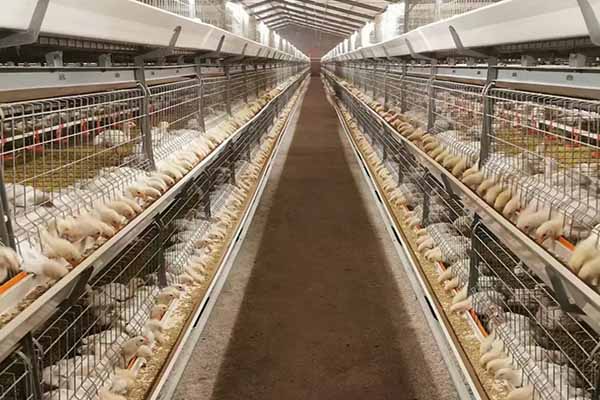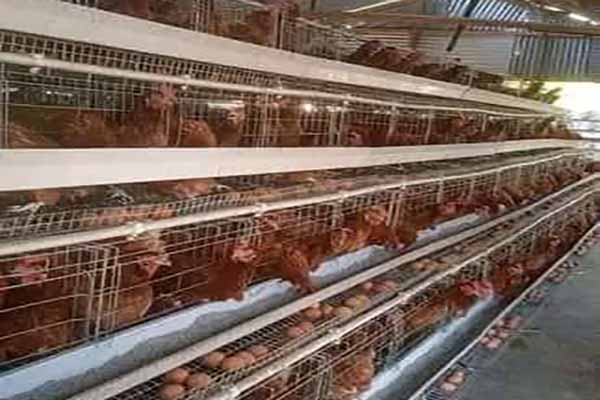10000 Bird Cage System for Poultry Farming: A Comprehensive Guide
Time : 2025-07-01
The poultry farming industry has seen significant advancements in technology and equipment over the years. One such innovation is the 10000 bird cage system, designed to enhance efficiency and productivity in large-scale poultry operations. This article delves into the details of this system, its components, benefits, and considerations for implementation.
Understanding the 10000 Bird Cage System
The 10000 bird cage system is a specialized poultry farming setup designed to accommodate up to 10,000 birds in a controlled environment. This system is typically used in commercial poultry farms where high-density housing is required. The system is designed to optimize space, reduce labor, and improve overall bird health and welfare.

Components of the 10000 Bird Cage System
- Cage Structure: The cage is usually made of metal and is designed to prevent birds from escaping. It also allows for easy access for feeding, watering, and health checks.
- Feeding and Watering Systems: Automated feeding and watering systems are integrated into the cage design to ensure consistent nutrition and hydration for the birds.
- Airflow and Ventilation: Proper airflow and ventilation are crucial for maintaining a healthy environment. The system includes fans and filters to regulate temperature and humidity.
- Lighting: Light control systems are essential for simulating natural light cycles, which can affect bird behavior and production.
- Manure Management: Efficient manure removal systems are integrated to maintain cleanliness and reduce the risk of disease.
Benefits of the 10000 Bird Cage System
Implementing a 10000 bird cage system offers several advantages for poultry farmers:
Increased Productivity
The system allows for high-density housing, which can significantly increase the number of birds per unit area. This leads to higher production yields and potentially higher profits.
Improved Health and Welfare
The controlled environment reduces the risk of disease outbreaks and provides optimal conditions for bird health and welfare. Regular health checks and early disease detection are facilitated by the system’s design.
Reduced Labor Costs
Automated systems minimize the need for manual labor, reducing labor costs and allowing farmers to focus on other aspects of their business.
Energy Efficiency
The system includes energy-efficient components such as fans and lighting, which can help reduce overall energy consumption and lower operational costs.
C onsiderations for Implementation
onsiderations for Implementation
Before implementing a 10000 bird cage system, several factors should be considered:
Site Selection
The location of the farm should be chosen carefully, considering factors such as proximity to markets, availability of utilities, and environmental regulations.

Design and Layout
The design of the system should be tailored to the specific needs of the farm, including the type of birds being raised, the desired production rate, and the layout of the farm.
Regulatory Compliance
It is essential to ensure that the system complies with local regulations and standards regarding animal welfare and environmental protection.
Maintenance and Upkeep
<p-Regular maintenance and upkeep are crucial for the longevity and efficiency of the system. A skilled workforce and appropriate maintenance protocols should be in place.
Conclusion
The 10000 bird cage system for poultry farming represents a significant advancement in the industry. By integrating advanced technology and design, this system offers numerous benefits for farmers looking to increase productivity, improve bird health, and reduce costs. Careful planning and consideration of all factors are essential for a successful implementation.











